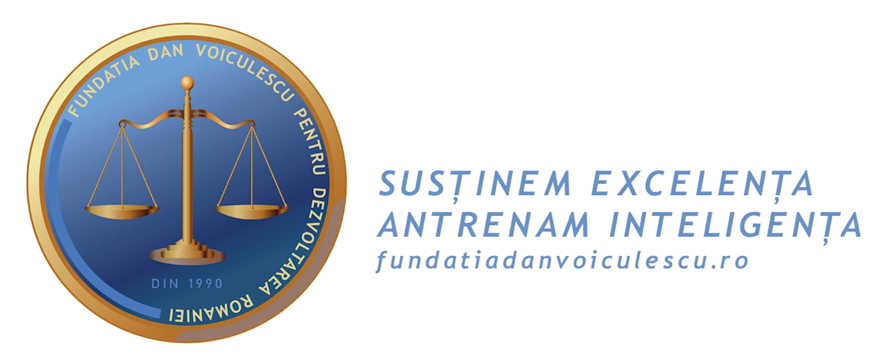The Ministry of Research, Innovation and Digitisation and the Ministry of Education have recently received the most innovative projects to enhance the Romanian education system, utilising state-of-the-art technology, from the young winners of the "School of the Future" competition organised by the Dan Voiculescu Foundation for the Development of Romania.
The national contest "School of the Future", organised by the Dan Voiculescu Foundation for the Development of Romania, has recently concluded. The competition provided a valuable platform for the expression of innovative visions of students from across the country, resulting in hundreds of original projects proposing ways to transform Romanian education through technology. As part of the competition, students were invited to speculate on the potential characteristics of a lesson in Romania's "School of the Future". The Grand Prize was awarded to the students of "Dinu Lipatti" High School in Pitești, while the Special Prize was presented to "Avram Iancu" Secondary School in Bistrița.
The competition has yielded a plethora of ingenious concepts for enhancing the efficacy of educational instruction through the integration of contemporary technology.
One such proposal that was considered by the Ministry of Research, Innovation and Digitisation and the Minister of Education was the integration of augmented reality into the study of anatomy. Young people posit that the utilisation of augmented reality technology will facilitate a profound and interactive comprehension of the human body, offering a visual and detailed mode of learning. Another proposal was the utilisation of virtual reality (VR) goggles to facilitate the exploration of artistic works. This technology would permit students to interact with the creations of renowned artists in a three-dimensional manner, offering a novel perspective on the nature of art. Additionally, young people proposed the utilisation of 3D scanning software for architectural purposes. This tool will assist students in capturing and transforming dimensions and details from physical spaces into digital models, thereby supporting architectural education. Another idea with wide applicability was the introduction of teacher-led lectures in the form of holograms. This would facilitate access to highly trained specialists from all over the world, thereby removing geographical and physical barriers to education.
The projects presented spanned a broad spectrum of ideas, encompassing the use of virtual and augmented reality in educational settings, the development of personalised e-learning platforms, and the implementation of artificial intelligence solutions designed to enhance and optimise learning.
The Dan Voiculescu Foundation for the Development of Romania has emphasised the necessity of adapting the education system to the demands of the 21st century, while also supporting young people in their creative approaches. It is anticipated that the Ministries of Research, Innovation and Digitisation and of Education will consider the proposals put forth by young people and test the projects in pilot format in schools. In the future, they will implement them at the national level.
This initiative not only emphasises the considerable potential of young Romanians in the field of technology and innovation, but also reaffirms our country's commitment to the modernisation and continuous improvement of education. The concept of the "School of the Future" is no longer merely theoretical; it is becoming a tangible reality, with the potential to profoundly and permanently transform the Romanian educational landscape.

